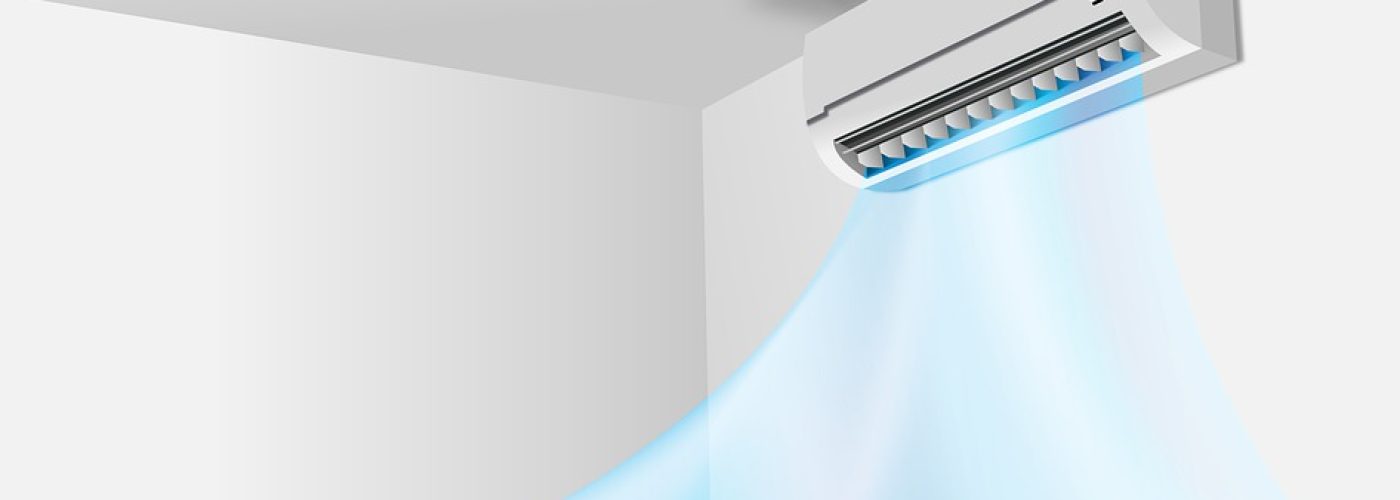Buying and installing an air conditioner can be costly, and sometimes you may want to cut some corners in installation to reduce the costs. Unfortunately, cutting corners may cost you more in the long run than it would have if you had done it right in the first place.
So, if you want to install an AC unit in a new home or replace an old one, you have to ensure you get it right the first time for safety and efficiency reasons.
Below are some dangerous air conditioning installation mistakes and how to avoid them.
- Choosing the Wrong Size AC
Installation mistakes start right from choosing the size of your AC. This is often a problem associated with not consulting an expert when buying a unit or using the price as the determining factor of what unit you buy.
The size of AC has nothing to do with the dimensions of a unit but everything to do with its output measured in British Thermal Units (BTU).
The right size AC depends on the size of the area in your home to be heated or cooled and the region. When the size of your unit is too small, it will result in overworking the unit, which could significantly affect its service life.
- DIY Installation
You probably have studied your old AC unit for years and thought, “I could do this.” DIY AC installation is not a good idea unless you have technical HVAC knowledge. Installing a unit on your own can mean making mistakes that could be hazardous to you and your family.
Also, it could mean wasting a lot of material which can mean spending more on materials than you would have had your air conditioning installation done by an HVAC expert.
Many more things could go wrong with a DIY installation or having a sloppy technician install your unit.
Luckily, air conditioning installation by ARS, a leading HVAC company in the US, can help ensure that you get everything right the first time.
- Failing to Check For Leakages after Installation
The best rule of thumb is checking refrigerant leaks immediately after installation and running a newly installed AC for the first time. The most efficient way of checking leaks is using an electronic leak detector.
Leaks in your AC cause two main problems. First, it reduces the efficiency of your system, thus increasing your utility bills. Secondly, coolants can be poisonous when inhaled and lead to health complications in your homestead.
- Improper Drainage
An AC unit produces water as it cools the home. Every unit comes with a condensate pan where this water is collected. With proper installation of the condensate pan, it is highly unlikely that the condensate will leak.
Poor installation can mean having the condensate leaking and causing structural damage to your home. While one condensate pan is enough, you could ask the installation technician to install a backup plan if the first one overflows.
- Improper Electrical Connection
Improper electrical connections are common with using inexperienced technicians to install your AC. However, it can also happen even when an experienced technician installs your unit but fails to do a safety check before powering it.
At best, sloppy connections can result in spoiled units and electrocutions or fires in worst cases scenarios. To avoid problems with poor electrical connections, ensure you counter check all connections before powering the unit for the first time.
Final Words
Air conditioning is critical for ensuring that a home feels like a place it is meant to be. Therefore, it is important to get the installation right by avoiding the mistakes that can pose a risk to your homestead or result in hefty utility bills.





